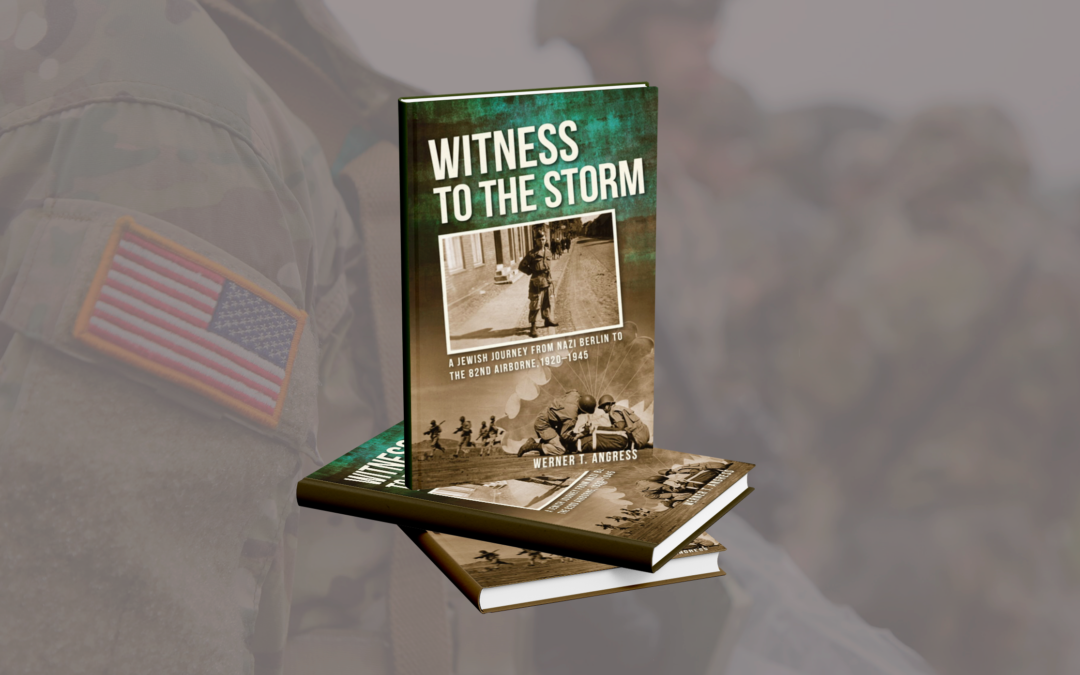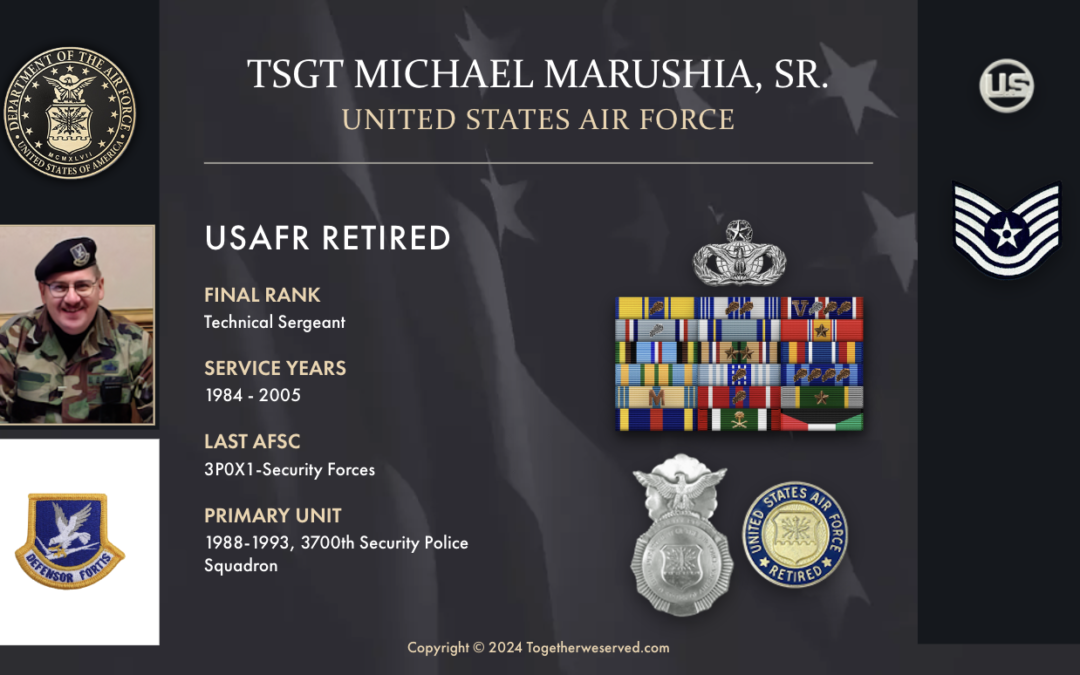PRESERVING A MILITARY LEGACY FOR FUTURE GENERATIONS The following Reflections represents MAJ James C Camel's legacy of his military service from 1987 to 2006. If you are a Veteran, consider preserving a record of your own military service, including your memories and photographs, on Togetherweserved.com (TWS), the leading archive of living military history. The following Service Reflections is an easy-to-complete self-interview, located on your TWS Military Service Page, which enables you to remember key people and events from your military service and the impact they made on your life. Start recording your own Military Memories HERE. Please describe who or what influenced your decision to join the Army. Photo before Officer Candidate School Board Early in life, I was always drawn to superheroes and men wearing military uniforms. One of my favorite television shows growing up was the G.I. Joe cartoon. My imagination grew from watching soldiers in action. It was the best...











